“Eat your vegetables.”
– Every Parent Ever
What’s The Story?
Antioxidant Vitamins
Welcome to part two of our journey of antioxidant discovery.
In this article we will focus on antioxidant vitamins in our food. These are known as dietary antioxidants. It shouldn’t be a surprise that eating an enormous variety of fruits and veggies is the best way to maximize their health benefits. Turns out, your parents weren’t leading you astray while convincing you to chomp down your dinner before dessert. When it comes to specific dietary antioxidants, keep reading to learn what each one does and where to find them. Head to the end of “Talk Nerdy to Me” for a handy chart that summarizes antioxidant vitamins’ names and doses.
Hungry for more vitamins? Head over to this article about B Vitamins.
A Bit of Background: What Are Antioxidants?
As you may recall, antioxidants are critical chemicals that help our bodies steer clear of deadly diseases by preventing the formation of free radicals. But if you’re wondering what exactly antioxidants do or if you need to pick some up the next time you run errands, please check out my first article on The Evidence for Antioxidants. You’ll find the answers to these questions and more.
Alright, let’s get snacking.
Vitamin A
Vitamin A as Retinol
This potent antioxidant vitamin goes by the common name retinol. Aside from being a product in many skin care routines, the vitamin is famous for something else.
They say the eyes are the window to the soul, so think of vitamin A as the key to that window. Without enough vitamin A in your diet, your eyes can’t maintain themselves and your vision will suffer. Other important functions include promoting healthy growth of cells and keeping the immune system working. Vitamin A is a vitamin that can accumulate too much in the body so pills and supplements are not recommended without a legitimate medical need.

Sources of Vitamin A
You can find vitamin A in its complete form in dairy products, eggs, fish, and animal meat, especially liver. Plants contain relatives of vitamin A called carotenoids that are converted to a usable form of the vitamin in our bodies. You may have heard of the most well-known carotenoid called beta-carotene. You’re a smart cookie if you think these words sound a lot like the word carrot. In western diets carrots, spinach, and tomatoes are common sources of beta-carotene. These vivid A vitamins are found in colorful fruits, vegetables, and leafy greens. Citrus fruit, such as oranges, and their juices also contain forms of the vitamin. Don’t be afraid to branch out for more sources of vitamin A with persimmons, peppers, papaya, and apricots to name a few. In general, the riper the fruit, the more vitamins they contain. Fresh is best when it comes to maximizing vitamin A content. A fun fact is that cooking these ingredients makes the vitamin easier for us to absorb. Although, dried, fried, and processed versions have lower total vitamin A content than fresh.
Vitamin C
Vitamin C as Ascorbic Acid
Ascorbic acid is the common chemical name for this antioxidant vitamin. It has an important role in collagen production meaning it helps keep our skeleton healthy and keeps our skin shining. Without enough vitamin C we can suffer from a disease known as scurvy. Scurvy can be deadly and causes a whole host of unfortunate symptoms ranging from fatigue to injuries that won’t heal.

This was well known to happen to sailors on the high seas in the time of pirates. Learning how to avoid this disease, they were nicknamed ‘limeys’. More on that in a bit. When acting as an antioxidant, vitamin C is not only a great free radical scavenger, but it interacts well with another antioxidant vitamin on our list. It has the ability to regenerate vitamin E meaning this amazing vitamin is doing double duty for us. It also has the benefit of helping us absorb iron from the foods we eat and emerging research suggests it may have a role in managing some forms of cancer.
Sources of Vitamin C
Although many animals can make this vitamin within their bodies naturally, humans cannot. We must absorb it through diet. Fresh is best, but doses can be found in frozen fruits and veggies as well. Citrus fruits are the most famous source of the acidic vitamin. These include oranges, grapefruit, and of course limes! Remember our ‘limey’ sailor friends? Portable with a long expiration date, lemons and limes were the citrus fruits of choice for sailors during ocean voyages to prevent scurvy. Fruits like kiwi and mango also contain healthy amounts of vitamin C. If vegetables are on your menu, look no further than broccoli, tomatoes, and peppers which are packed full as well. If you’re craving something new to try, why not rosehip tea for an additional source of vitamin C.
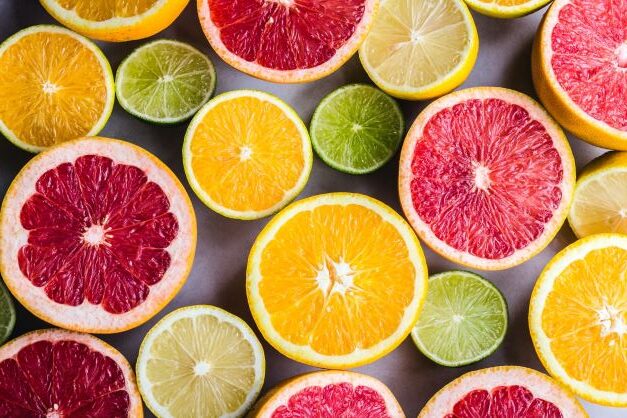
For the interesting story of curing scurvy on the open seas, check out this article by the BBC.
Vitamin E
Vitamin E as Tocopherol
Our final dietary antioxidant vitamin is commonly known as tocopherol by pharmacists. Good for our blood, vessels, and skin, this is one mighty nutrient. Without enough vitamin E in your diet, you are at risk for nerve pain, difficulties walking or moving, eye disorders, and immune system problems. These effects are very rare in western diets however. We will explore why in a moment. I recommend avoiding pills and supplements unless there is a known medical purpose. Vitamin E is able to accumulate in the body and too much can negatively affect your heart health.
Sources of Vitamin E

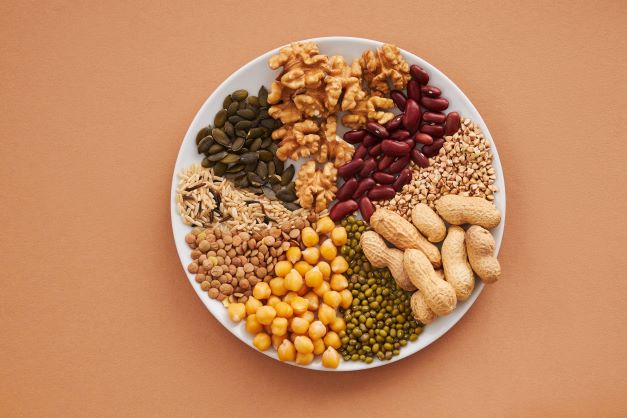
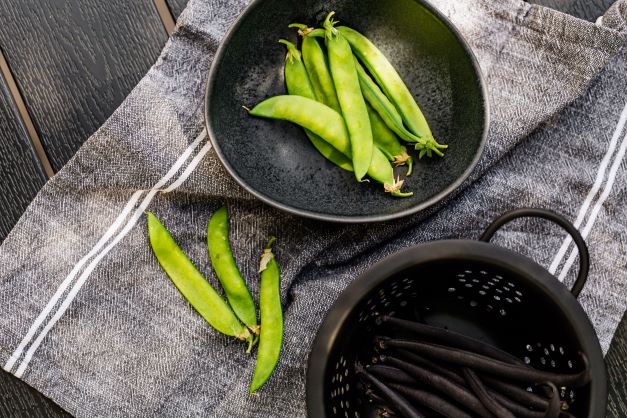
Animals cannot make vitamin E on their own. This gives humans two options. We can either eat plants with vitamin E or eat animal parts and products which have stored it. Curious where to get vitamin E in your diet? Look no further than vegetable-based oils such as olive, canola, soy, and coconut. The typical western diet is chock full of oil. For this reason, it’s uncommon to have a deficiency. But oil isn’t the only way to get rich in vitamin E. Animal products like dairy and eggs are sources too. Grains, beans, and seeds also contain a healthy amount of the fat-loving vitamin. This includes common foods like almonds, sunflower seeds, peas, and beans. Give lentils, quinoa, and chia seeds a try if you’re looking to explore different sources of vitamin E.
Talk Nerdy To Me (Details for Professionals and Curious Minds)
Vitamin A
Vitamin A is a fat-soluble vitamin present in animal-based products as retinyl esters. It can be converted into retinol from precursors such as carotenoids in the intestines by oxygenase, albeit with lower bioavailability. Conventional cooking causes losses of approximately 30-50% of carotenoid content. Some carotenoids, such as lutein, do not undergo in-vivo conversion but serve as antioxidants in their own right. Of note, this is one of the few antioxidants for which supplementation is demonstrated to have beneficial effects although the scope of therapeutic application appears narrow, perhaps limited to ocular deficits. Deficiencies can lead to low-light blindness due to reduced rhodopsin formation, dysregulation of anti-inflammatory mediators, and impaired immune function via reduction of hematopoietic stem cells. Over administration results in toxicity. Most notably, a landmark study demonstrated that pharmaceutical grade supplementation led to increased mortality in a cohort of smokers.
Vitamin C
Vitamin C is a water-soluble carbohydrate of an ene-diol structure. The vitamin is found in abundance in the human brain, eyes, and adrenal glands. The enzyme which catalyzes the biosynthesis of vitamin C is rendered inactive in humans and other higher primates. However, ascorbate recycling pathways remain active and thus slow the loss of extrinsic stores and maintain homeostatic serum concentrations. Interestingly, among non-pregnant adults, individuals who smoke require more daily vitamin C intake than those who do not. Emerging research suggests ascorbic acid may play a role in preventing cardiovascular disease (CVD) given the association between inadequate vitamin C intake and increased CVD risk. However, identifying a causal mechanism warrants further exploration.
Vitamin E
Vitamin E is a fat-soluble group of chemicals expressed as tocopherols and tocotrienols, collectively referred to as ‘tocols’. These compounds are highly effective antioxidants of lipid-containing compounds and are demonstrated to prevent peroxidation of cholesterol and cellular membranes. Tocopherols and tocotrienols each exist as 1 of 4 homologs named either alpha, beta, gamma, or delta. Alpha-tocopherol, for example, is a common form of supplemental vitamin E with the distinction of being the most active and ubiquitous form in humans. As previously alluded to, interactions with water-soluble antioxidants appear to preserve the integrity of vitamin E by reducing oxidized substrate back to its active form. Its predominance in modern western diets limits conditions of deficiency to those with conditions of lipid malabsorption. It is hypothesized that in addition to antioxidant activity, vitamin E plays a corresponding role in enzyme regulation with downstream effects on cellular function and gene expression. It is also suspected that tocols play some role in the prevention of proinflammatory processes and antiproliferative activity with regards to oncogenesis. Some studies, however, indicate that non-dietary supplementation with this micronutrient may increase risk of cardiovascular morbidity.
List of Antioxidant Vitamins
| RDA* | UL** | ||||
| Antioxidant | Pharmaceutical Name | Vitamin Type | Infants/Children | Adults | |
| Vitamin A | Retinol | Fat Soluble | 400 – 500ug*** | 700 – 900ug | 500mg |
| Vitamin C | Ascorbic Acid | Water Soluble | 15 – 50mg | 75 – 90mg | 2000mg |
| Vitamin E | Tocopherol | Fat Soluble | 6 – 15mg | 15mg | 1000mg |
References
- Carazo A, Macáková K, Matoušová K, Krčmová LK, Protti M, Mladěnka P. Vitamin A Update: Forms, Sources, Kinetics, Detection, Function, Deficiency, Therapeutic Use and Toxicity. Nutrients. 2021 May 18;13(5):1703. doi: 10.3390/nu13051703. PMID: 34069881; PMCID: PMC8157347.
- Bjelakovic G, Nikolova D, Gluud LL, Simonetti RG, Gluud C. Antioxidant supplements for prevention of mortality in healthy participants and patients with various diseases. Cochrane Database Syst Rev. 2012;2012(3):CD007176. Published 2012 Mar 14. doi:10.1002/14651858.CD007176.pub2
- Jens Lykkesfeldt, Alexander J. Michels, Balz Frei, Vitamin C, Advances in Nutrition, Volume 5, Issue 1, January 2014, Pages 16–18, https://doi.org/10.3945/an.113.005157
- Shahidi F, Pinaffi-Langley ACC, Fuentes J, Speisky H, de Camargo AC. Vitamin E as an essential micronutrient for human health: Common, novel, and unexplored dietary sources. Free Radic Biol Med. 2021 Nov 20;176:312-321. doi: 10.1016/j.freeradbiomed.2021.09.025. Epub 2021 Oct 2. PMID: 34610363.
- Lonn E, Bosch J, Yusuf S, Sheridan P, Pogue J, Arnold JM, Ross C, Arnold A, Sleight P, Probstfield J, Dagenais GR; HOPE and HOPE-TOO Trial Investigators. Effects of long-term vitamin E supplementation on cardiovascular events and cancer: a randomized controlled trial. JAMA. 2005 Mar 16;293(11):1338-47. doi: 10.1001/jama.293.11.1338. PMID: 15769967.
Thank you for your interest in antioxidant vitamins. For questions or reference materials for further reading please feel free to contact us.
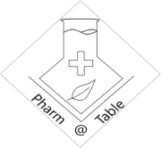
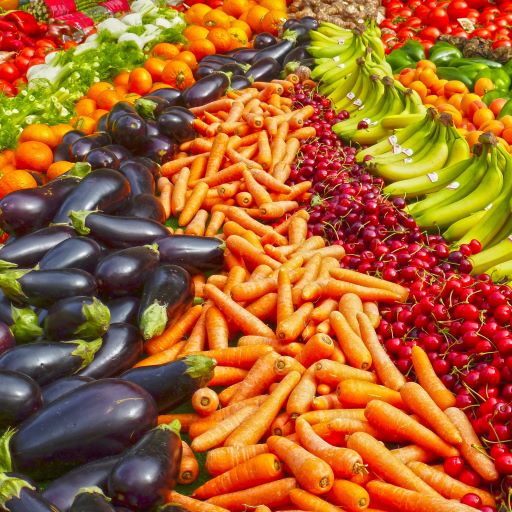

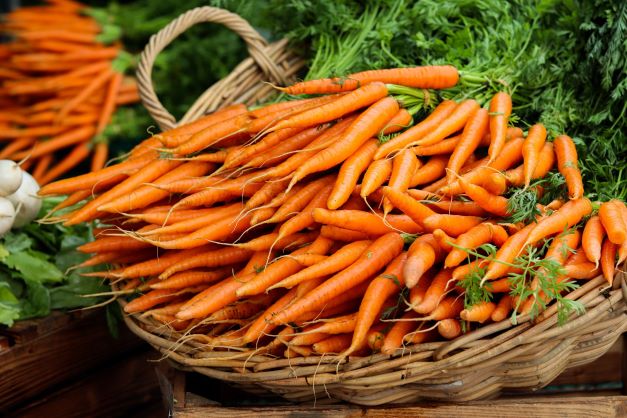
Pingback: Facts Versus Fiction: The Evidence for Antioxidants - Pharm @ Table
Pingback: Can Hearing Loss Be Reversed? - How to Help Your Hearing Health -
Pingback: 8 Essential Reasons to Think About B Vitamins - Pharm @ Table
Pingback: Researching Medicinal Plants (Kampo): How I Won the MEXT Scholarship